I think this film made me laugh more than any other film, ever. There might be some close runners up, like Snakes on a Plane, or that time my sister and I watched Napoleon Dynamite at 1am on a tiny minivan tv. Unlike those two, The Great Dictator filled me with genuine, healthy, non-cynical laughter. And that just makes you feel good.
The story starts in 1918, where Chaplin’s character, The Jewish Barber, is serving in WWI for Germany. He helps an officer escape certain capture in a plane, but when it crashes, he’s knocked out for years and then can’t remember a thing. During the year’s The Jewish Barber is in the hospital, Chaplin’s other character, Adenoid Hynkel, becomes Dictator of Tomania. For those intelligent people who’ve noticed that Chaplin’s Tramp looks a bit like Hitler, guess who Hynkel is supposed to be a parody of. From here on, we see how Hynkel’s ideals oppress the Jews. Soon The Jewish Barber returns to his shop, but hasn’t a clue what oppression is going on around him. Thankfully, just before he’s hanged from a streetlight, his old friend Schultz, the officer in the plane crash, shows favor for his old friend. After some more hilarity with Hitler –um, exuse me, Hynkel- he finds out that one of his officers has been too soft on the Barber, so he has both of them arrested and sent to camps. Oh how will The Jewish Barber get out of this one?
First off, can you imagine the balls on Chaplin to make a film openly mocking Hitler just after his rise to power? The film was so controversial that it was banned in most of Europe. Oddly enough, and creepy as well, Hitler actually watched The Great Dictator, twice. He saw this and still screwed up the world for five more years. I guess if you’re too dumb for art school you certainly can’t understand a Chaplin film.
The comedy is hysterical. It’s a perfect mix of slapstick and satire with all of Chaplin’s charm. At times, it can be like watching a live-action Loony Tunes. Huge guns malfunction and blow up an outhouse, instead of Notre Dame. Tanks roll out of haystacks. Famous statues have been altered to salute. The funniest parts are with Hynkel in his palace. He leaps across the room, scampers up curtains, peels and destroys a banana while yelling German sounding gibberish. And there are some great Hynkel speeches, the best Hitler impersonation ever. He barks and rants in the gibberish throwing in a few recognizable words like sauerkraut, wienerschnitzel and banana. The speeches are hilariously interrupted now and then by a violent coughing fit, I mean, that’s what happens when you yell like that.
Now, how can Chaplin make Nazi Germany into a slapstick comedy? Chaplin did say that he wasn’t aware of how horrible the reality under Hitler’s power was when he made the film, and if he had he would not have done it. The horrible situation is not being made fun of, if anything, Chaplin sympathizes with the Jews and makes them the brave heroes of the film. Hitler, his ideas and his influence are what is being mocked, and it’s done so well.
Towards the end, the slapstick comedy steps aside and a message of hope to the whole world is presented. Some might roll their eyes at this soapbox scene, but at the time, this is what the world needed to hear and it becomes the core of the story.
I recommend this film to everyone. Young and old will delight in the comedy and the political message isn’t too strong to bore anyone.
“Then I’ll sign it. A pen! Und stratz mit ze uldensackt. I’ll sign it! Napaloni, de grosse peanut, de cheesy ravioli. There!”
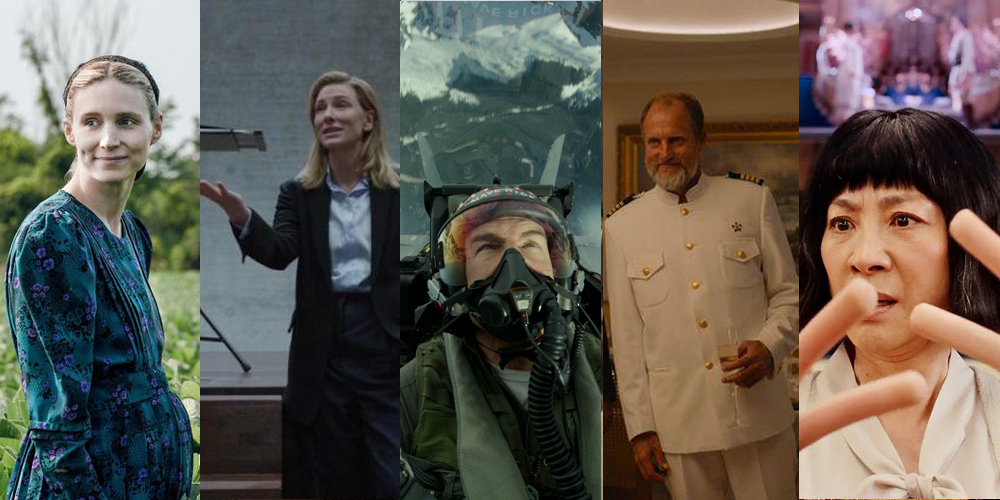

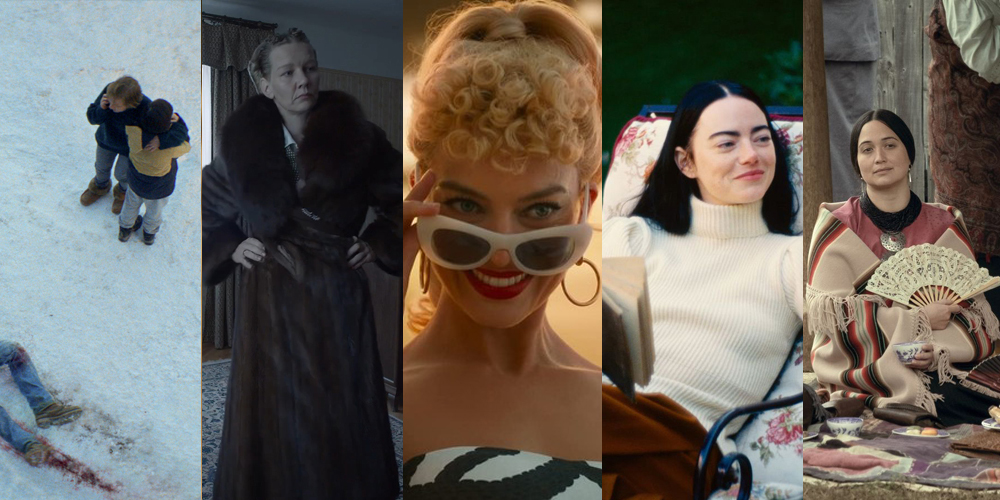
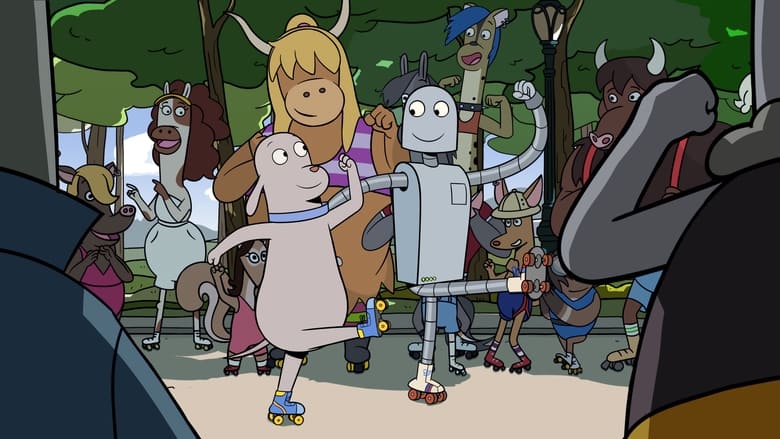
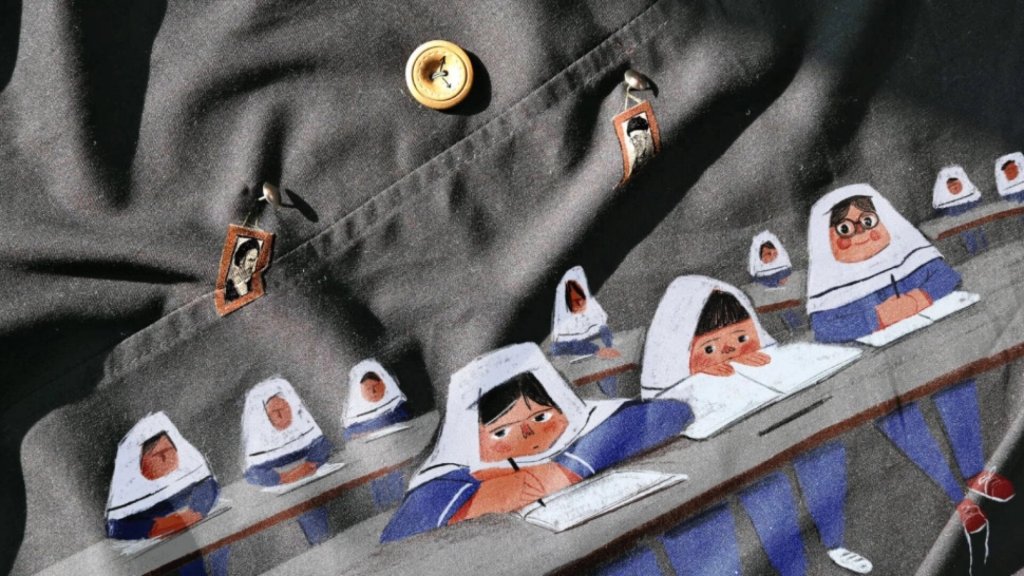
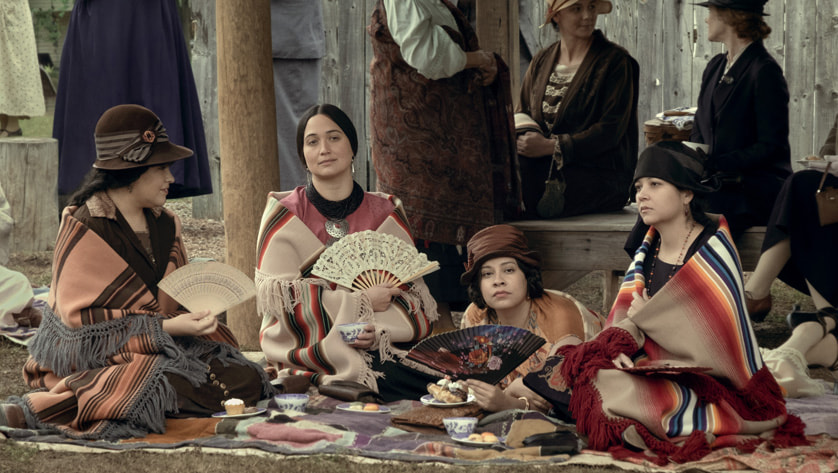
Leave a comment